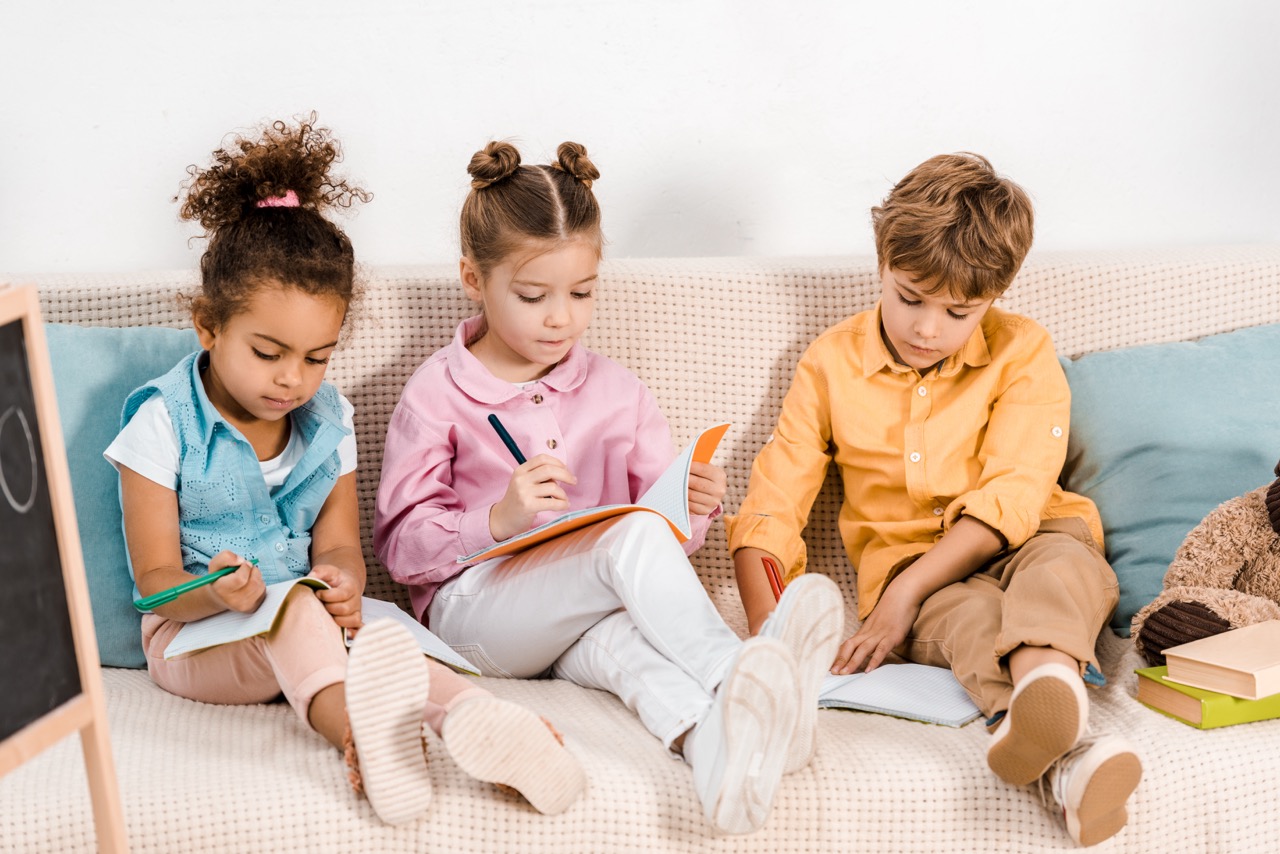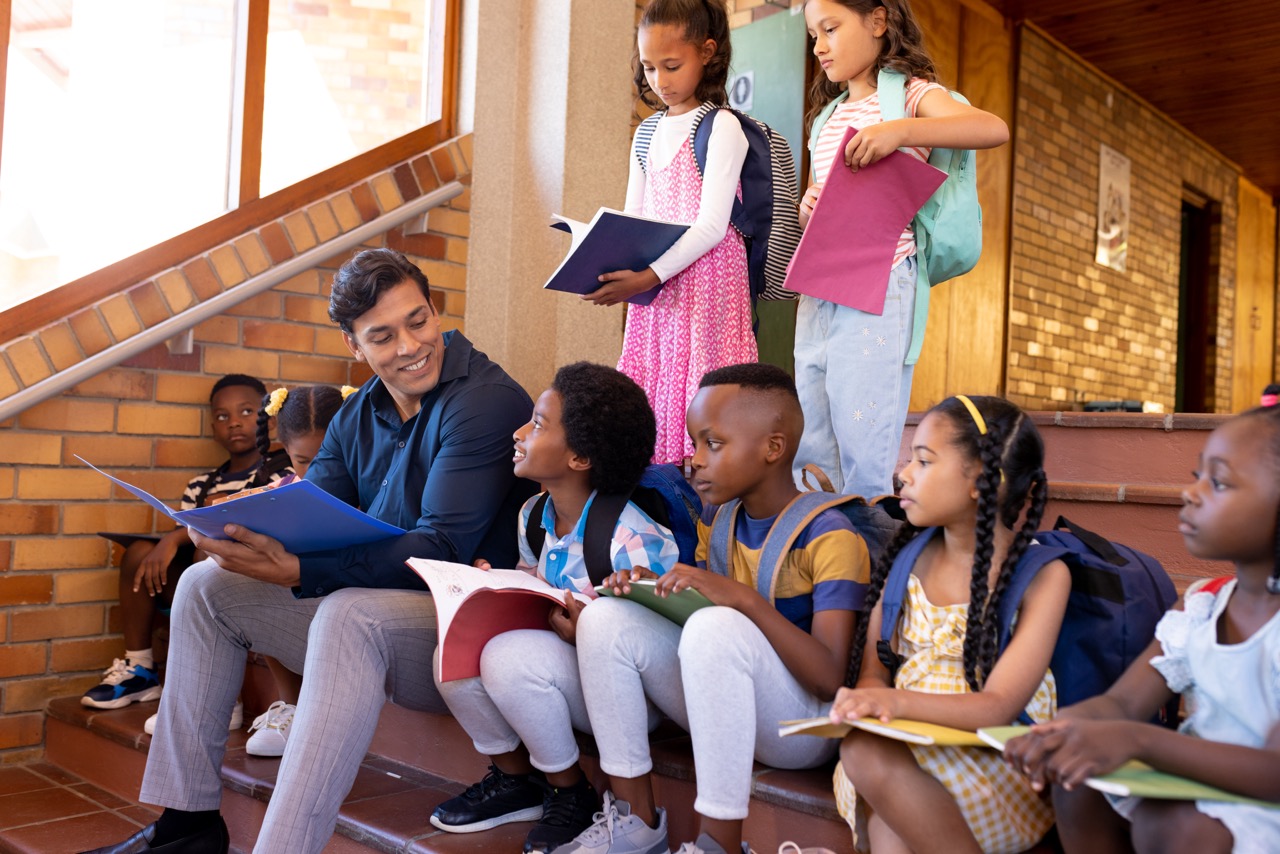In an age where screens dominate children’s attention, finding engaging ways to connect literature with active learning is essential. Storytime can transform into a rich, immersive experience when paired with fun educational activities that captivate children’s imaginations. By crafting lessons around beloved children’s books, we not only enhance comprehension but also foster a love of learning that can last a lifetime. Here, we explore a variety of activities that can enrich the reading experience for our young learners.
Discovering the Joy of Learning Through Storytime Activities
Storytime is more than just reading; it’s an opportunity to ignite curiosity and critical thinking in children. By incorporating activities that relate to the story, children can explore themes and concepts in a hands-on manner. For instance, after reading "The Very Hungry Caterpillar" by Eric Carle, parents can engage their children in a simple counting activity using fruits. This reinforces both literacy and numeracy skills, providing a tangible connection to the narrative.
Moreover, discussing the moral of the story can stimulate important conversations about values, emotions, and real-life applications. Asking open-ended questions like, “What would you have done if you were the caterpillar?” allows children to express their thoughts and feelings, enhancing their understanding of empathy. Activities such as role-playing or drawing scenes from the book can further cement the lessons learned while making the experience lively and enjoyable.
Finally, incorporating music and movement into storytime can bring an additional layer of excitement. Singing songs related to the book’s themes or creating dance movements for different characters can help children remember key points and feel more connected to the story. When children see learning as joyful, they are more likely to embrace new ideas with enthusiasm.
Engaging Craft Ideas to Enhance Book Themes for Kids
Crafting provides an excellent opportunity to reinforce the themes and characters found within children’s books. After reading "Where the Wild Things Are" by Maurice Sendak, children can create their own wild thing using paper plates, markers, and craft supplies. This activity not only encourages creativity but also allows children to express their interpretation of the story visually.
Another fantastic craft idea stems from "The Gruffalo" by Julia Donaldson. Children can make their own Gruffalo masks using cardboard, paint, and elastic bands, which can lead to a fun, interactive reading session. Incorporating crafting into storytime helps children develop fine motor skills while further engaging their imaginations as they immerse themselves in the story’s world.
Additionally, crafts can be tied to seasonal themes or holidays, as seen in books like "The Snowy Day" by Ezra Jack Keats. Creating snowflakes or winter scenes can enhance the magic of the story while teaching children about the changing seasons. Such activities cultivate not only artistic ability but also a deeper understanding of the story’s context.
Interactive Games That Bring Stories to Life for Children
Interactive games are a dynamic way to reinforce the narratives children read. After exploring "Goldilocks and the Three Bears," a simple matching game can be devised where children match items to their respective characters, such as porridge bowls and chairs. This not only aids memory recall but also boosts cognitive skills, making the learning process both fun and educational.
Incorporating team-based challenges can further enhance the experience. For example, after reading "The Three Little Pigs," children can engage in a building challenge where they use blocks or natural materials to construct sturdy houses. This hands-on activity fosters teamwork and problem-solving skills, as children learn which structures withstand the "big bad wolf’s" huffing and puffing.
Additionally, incorporating scavenger hunts related to book themes can turn reading into an adventure. For instance, after reading "Hansel and Gretel," children can search for "candy" (colored paper or treats) hidden around the house or yard. Such playful activities help create lasting memories while reinforcing the narratives and lessons learned through their favorite stories.
Outdoor Adventures Inspired by Beloved Children’s Books
Exploring the outdoors can deepen children’s connection to their favorite books through active play. After reading "The Tale of Peter Rabbit," families can take a nature walk, encouraging children to spot different plants and animals mentioned in the story. This not only enriches their understanding of the narrative but also instills a love of nature and exploration.
Another engaging outdoor activity can be inspired by "We’re All Wonders" by R.J. Palacio. Children can participate in a kindness scavenger hunt, looking for opportunities to perform small acts of kindness in their community, paralleling the book’s themes of acceptance and empathy. Such experiences can leave a lasting impact on children, promoting emotional intelligence and social awareness.
Furthermore, families can create themed obstacle courses based on stories like "Harry Potter," where each station represents a different chapter or lesson learned. This combination of physical activity and literacy promotes a well-rounded approach to learning while keeping children excited and active.
Creative Cooking Projects to Match Your Favorite Tales
Cooking offers a delightful way to connect stories with sensory experiences. After reading "If You Give a Mouse a Cookie," families can bake cookies together, allowing children to follow a recipe and measure ingredients. This hands-on approach not only teaches culinary skills but also reinforces the sequential nature of storytelling, as children see how each step leads to the final product.
Another engaging cooking activity can stem from "The Very Hungry Caterpillar." Families can prepare a colorful fruit salad inspired by the various fruits the caterpillar eats throughout the story. This not only nurtures healthy eating habits but also provides an opportunity to discuss the importance of nutrition while enjoying a delicious treat.
Cooking also allows for creativity and experimentation. After exploring "Cloudy with a Chance of Meatballs," children can create their own edible masterpieces using various ingredients, imagining what fantastical food might fall from the sky. This encourages imaginative thinking while developing kitchen skills and fostering a love for culinary arts.
Building Lifelong Learners with Fun, Themed Activities
By integrating educational activities with storytime, we are fostering a culture of lifelong learning in children. Themed activities not only reinforce comprehension but also encourage exploration and creativity. When children associate reading with play and discovery, they are more likely to develop a passion for books that lasts well into adulthood.
Moreover, these activities cultivate important skills such as critical thinking, collaboration, and communication. Whether through crafts, games, or outdoor adventures, children learn to express their thoughts and engage with others, enhancing their social development. Parents and educators can play a crucial role in facilitating these experiences, making storytime a cherished part of a child’s day.
Lastly, fostering a love for literature through engaging activities can empower children to become independent readers and thinkers. By nurturing their curiosity and imagination, we are equipping them with the skills they need to navigate the world around them and embrace new challenges. With these fun educational activities, the journey of learning through literature can be both magical and transformative.
Pairing children’s books with fun educational activities not only enriches the reading experience but also lays the foundation for lifelong learning. As we explore the themes and lessons found in beloved stories, we create opportunities for children to engage with the world around them actively. Through crafts, games, outdoor adventures, and cooking projects, we can turn storytime into a multi-faceted learning experience that fosters creativity, critical thinking, and a deep love for literature. In this way, we not only celebrate the joy of reading but also guide the next generation of learners toward a brighter future filled with curiosity and wonder.










